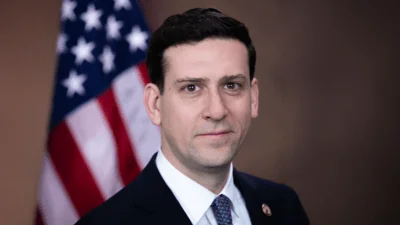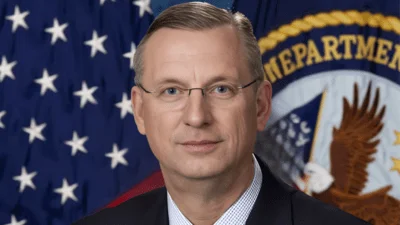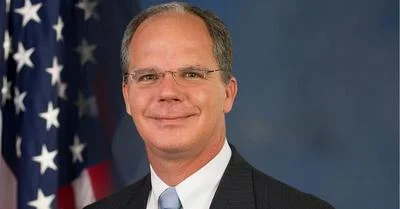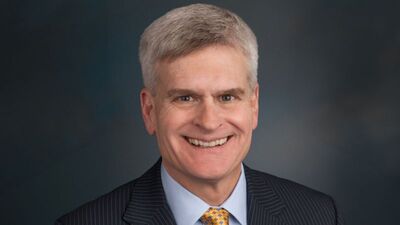Dear Acting Secretary King:
Students who want to further their education but struggle with homelessness face serious roadblocks in applying for financial aid. I am writing to urge you to address inconsistencies in U.S. Department of Education (“the Department") policies that have created financial aid barriers for unaccompanied homeless youth. Correcting these inconsistencies would help break down some of the barriers and could help more unaccompanied youth pursue their college degree.
Unaccompanied homeless youth are young people who experience homelessness while not in the physical custody of a parent or guardian. They live in a variety of unsafe, temporary situations, including cars, parks, other people’s homes, shelters, and motels. Most unaccompanied homeless youth have left home due to severe family dysfunction, including abuse and neglect. Unaccompanied homeless youth are at increased risk of sex and labor trafficking, with studies finding between 14 and 28 percent of youth fall victim to such practices.
Unaccompanied youth do not receive financial support from their parents and do not have access to the necessary parental information to complete the Free Application for Federal Student Aid (FAFSA). Thus, despite their great need for financial assistance, unaccompanied homeless youth face tremendous barriers to higher education.
The College Cost Reduction and Access Act of 2007 (CCRAA, P.L. 110-84) addressed this barrier by allowing youth to be considered independent students if they are verified as unaccompanied and homeless during the school year in which the application is submitted, or as unaccompanied, at risk of homelessness, and self-supporting. Verification must be made by a McKinney-Vento Act school district liaison; a U.S. Department of Housing and Urban Development homeless assistance program director or his or her designee; a Runaway and Homeless Youth Act program director or his or her designee; or a financial aid administrator as required by 20 U.S.C. 1087vv(d)(1)(H).
The CCRAA provides a clear, specific definition of “unaccompanied youth" by direct reference to the definition in the McKinney-Vento Homeless Assistance Act. That definition does not include an age limit. For financial aid purposes, applicants generally are considered “dependent" until they turn 24. Therefore, the CCRAA’s independent student provisions should cover unaccompanied youth until they turn 24.
On July 29, 2015, the Department issued a Dear Colleague letter (GEN-15-16), which clarified that the CCRAA’s independent student provisions cover unaccompanied youth until they turn 24. Specifically, the letter states:
“Applicants who are between the ages of 21 and 24 and who are unaccompanied and homeless or self-supporting and at risk of being homeless qualify for a homeless youth determination, and will be considered independent students."
Unfortunately, the Department still defines “youth" as applicants who are 21 years of age or younger. This definition conflicts with the CCRAA and the July 29, Dear Colleague letter. It thereby places financial aid administrators in the untenable position of attempting to process applications under two conflicting definitions of “youth," and it creates confusion for 22- and 23-year-old unaccompanied homeless youth, who must follow a different process to obtain independent student status.
In order to ensure that all unaccompanied homeless youth up to age 24 receive the protections of the independent student status under the Higher Education Act, I urge the Department to remove the definition of “youth" from the FAFSA and clarify in guidance that all unaccompanied homeless youth up to age 24 may receive determinations of their independent status from any of the four individuals authorized to do so in 20 U.S.C. 1087vv(d)(1)(H).
Thank you for your immediate attention to this matter.
Sincerely,
Patty Murray
United States Senator








